Barcelona is the second city of Spain, full of beauty, charm, ancient history and modern as well; it has its own identity and it’s filled with many options and cultural places to visit during your trip. This is – in great part- because of early-20th-century artists and architects, like the notorious Antoni Gaudí, who has designed unforgettable buildings around the city that are one of a kind. You can see Antoni Gaudi’s life represented in his unique creations, most of them located in Barcelona.
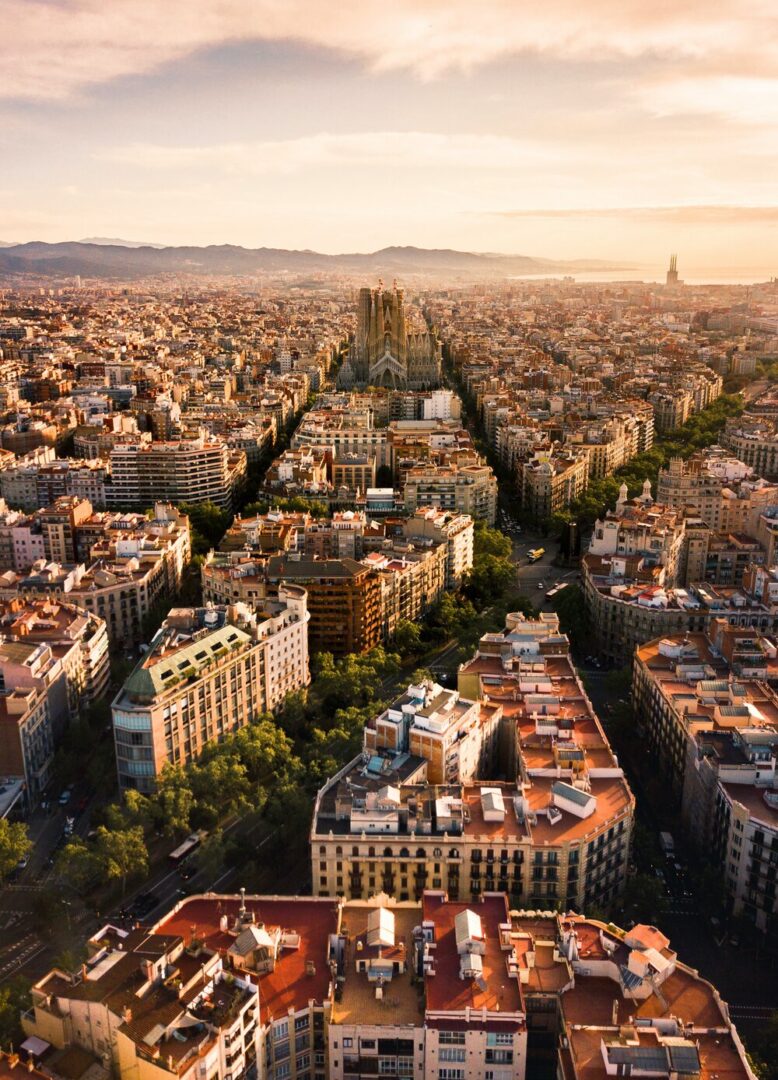
When you’re planning your trip to Barcelona, we can help you organize your time with this amazing list of sites built by Antoni Gaudí to see in the city:
SAGRADA FAMILIA
The Sagrada Familia is where your adventure through Barcelona should begin. It is one of Gaudi’s most famous and iconic buildings, it consists of an enormous Basilica that has been under construction since 1882. Yes, that is correct, it is still being built after 135 years since the first stone was placed, and it is planned to be so in the foreseeable future. Located near the Park Güell, you can get there through the park, by Metro or bus, it’s on Carrer Mallorca, 401.
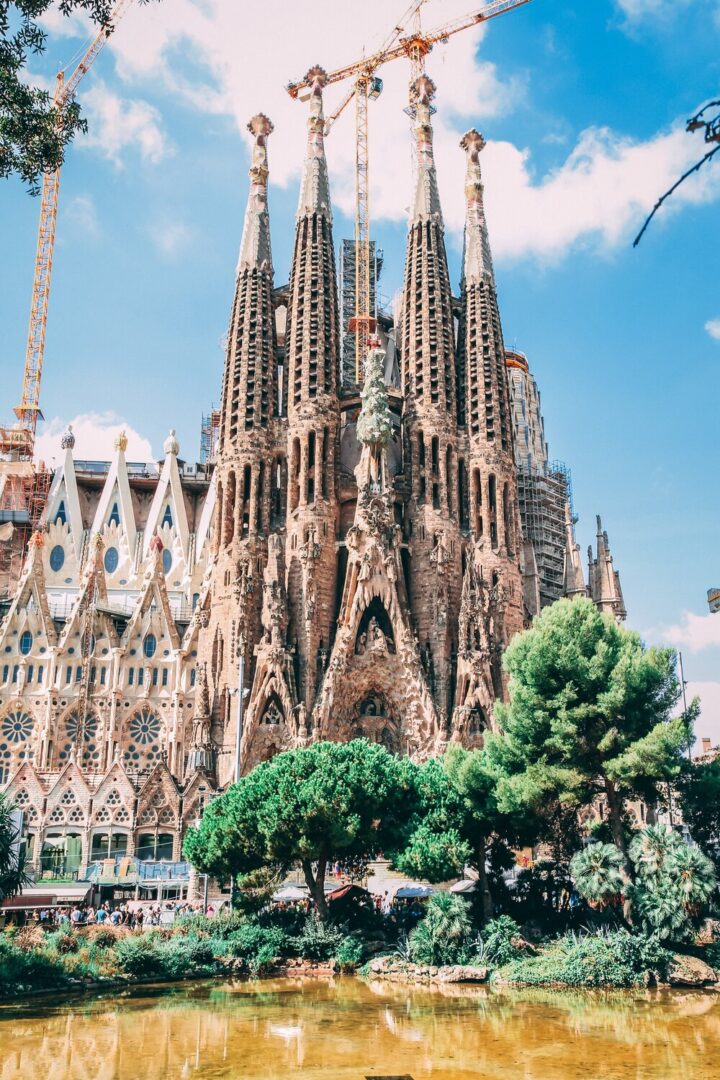
Here’s a fun fact, the inspiration for the Sagrada Familia came from the idea of a bookseller, Josep Maria Bocabella after he returned from a visit to the Vatican with the intention of building a church like a basilica at Loreto. The architect in charge was Francisco de Paula del Villar, whose original plan was a Gothic revival church of standard form. A few years later he resigned and Antoni Gaudí took the lead. As of 2010, eight spires have been completed.
It is a project of incredible scale and a unique religious structure that you will not find anywhere else. When you visit you will see the contrast in the stone color between the front and back of the building, and different styles of constructions as well. Since Gaudi’s death, the building plans have been open to interpretation by present-day architects. Aside from all the controversy surrounding the Sagrada Familia, it as truly beautiful and magnificent building, and a definite must-see on your trip to Barcelona.
PARK GÜELL
Another one of Antoni Gaudi’s masterpieces is the Park Güell. It is located between the neighborhoods of El Coll, La Salut, Vallcarca i els Penitents, El Carmel and Can Baró, in the districts of Gràcia and Horta-Guinardó. The total surface is 19 hectares, and a maximum height of 210 meters. Gaudí designed the park with the use of natural art elements from the surrounding areas creating colorful buildings and sculptures.
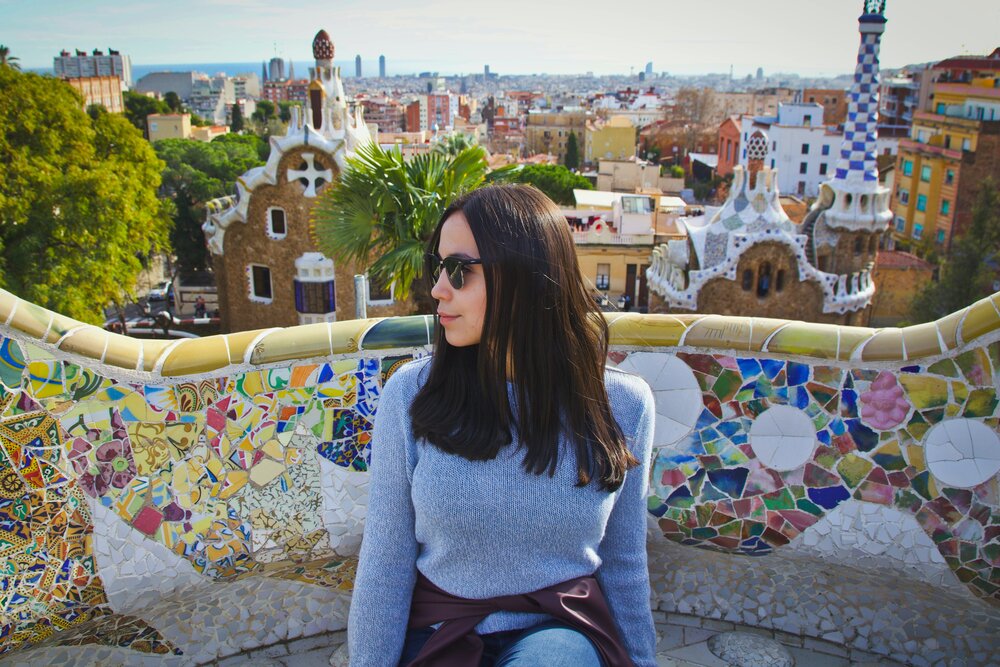
The Park Güell is a place full of trees and allows locals and tourists to enjoy some time off the busy streets in Barcelona. It helps ease up the urban pressure and also to improve the quality environment of the area, along with the well-being of local residents. The diversity and wealth of the natural, historical and cultural heritage of the park mean that your visit can last for hours. You can spend the day and have a nice picnic, or enjoy time in one of the several parks with your kids, or take a scroll around the site. There are designated areas for different activities.
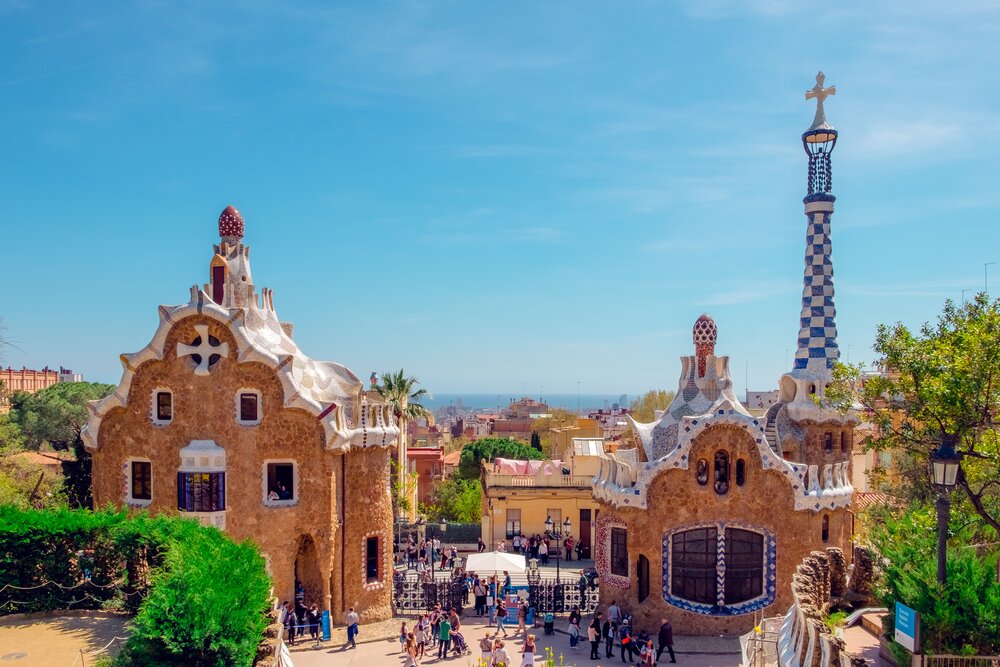
It was commissioned by Eusebi Güell in 1900, since he wanted to recreate the British residential parks and named it Park Güell, in English. It was a great location to build a project and Gaudí designed it to perfection; the Roadways, Paths and Viaducts; the Dragon Stairway, the Austria Gardens, the Hypostyle Room, the Laundry Room Portico, the Greek Theatre or Nature Square, the main entrance and the porter’s lodge pavilions located on the south side, on Carrer d’Olot.
CASA BATLLÓ
Casa Batlló is located in the center of Barcelona. Considered one of his masterpieces, it is also a must-see on your tour of Barcelona. Located at number 43 on Paseo de Gracia, which connected the city in the past to Villa de Gracia. There are some straight lines although it seems that Gaudí was trying to avoid them completely, and much of the exterior is decorated with a colorful mosaic made from broken ceramic tiles, it begins with shades of golden orange and shifting into greenish blue. You can also see that the roof is arched and it seems to simulate the back of a dragon or dinosaur. And that is only part of the grandeur that is the design and architecture of Casa Batlló.
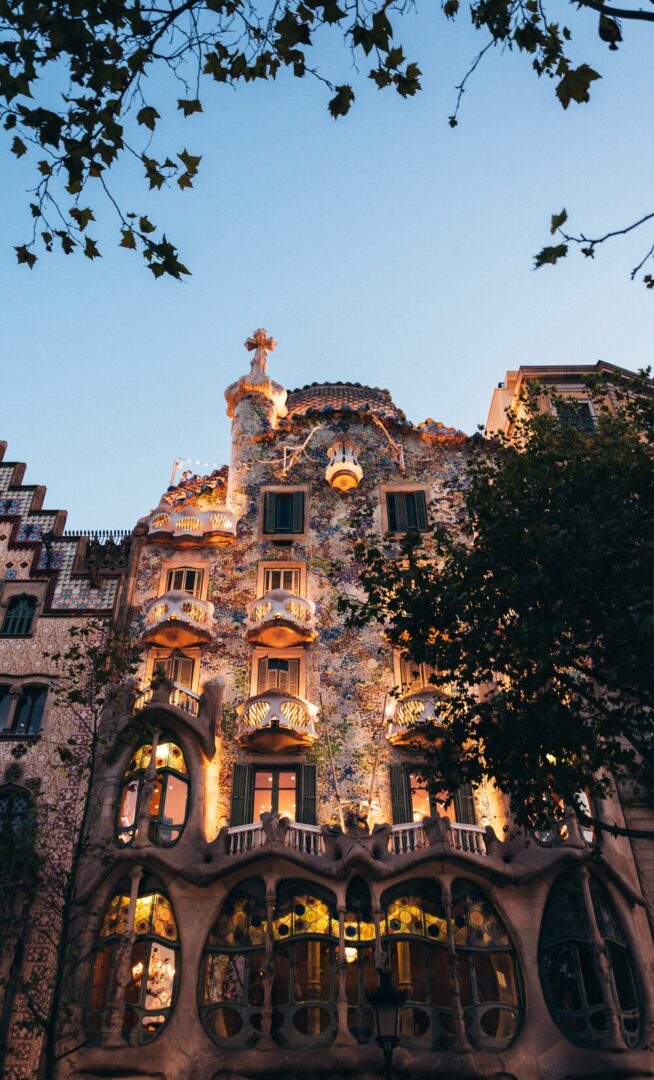
Purchased by Josep Batlló y Casanovas, he granted Gaudí with full creative freedom to rebuild his new home. However, thanks to Gaudi’s courage, the demolition of the house was ruled out, and it was fully remodeled in two years, from 1904 and 1906. He completely changed the façade, changing the distribution of the internal partitioning. expanding the patio of lights and turning the interior into a true work of art.
LA PEDRERA
Casa Milà, also known as La Pedrera, because the front of the building resembles the face of a quarry, is another of Antoni Gaudi’s emblematic buildings. It was designed for the industrialist Pere Milà i Camps and his wife Roser Segimon by commission, to be his family home on the first floor, and on the upper floors the apartments were available for rent. The contemporary innovations can be appreciated by architects, including the self-supporting stone facade and the car park underground.
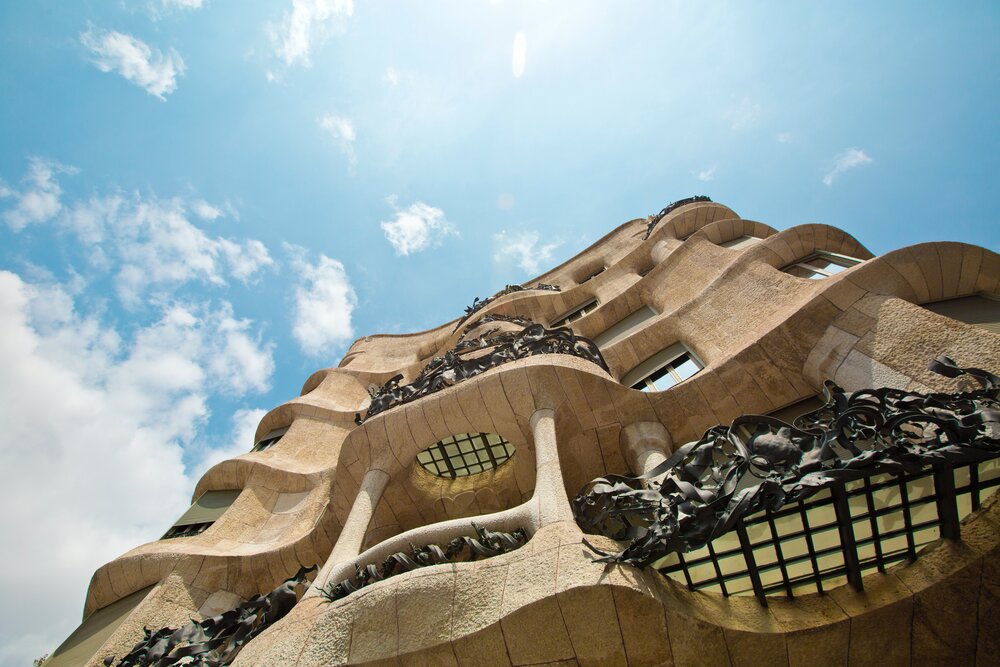
The name, “Casa Milà” comes from the fact that is was going to be new home of the Milà family. It is a total work of art and thought to be Gaudi’s most iconic civic architecture because of the innovations made during the construction and function of the building as well, and the added decorations and ornaments too. It was the final work of Gaudi’s civic architecture and represented a change with the conventions of his time.
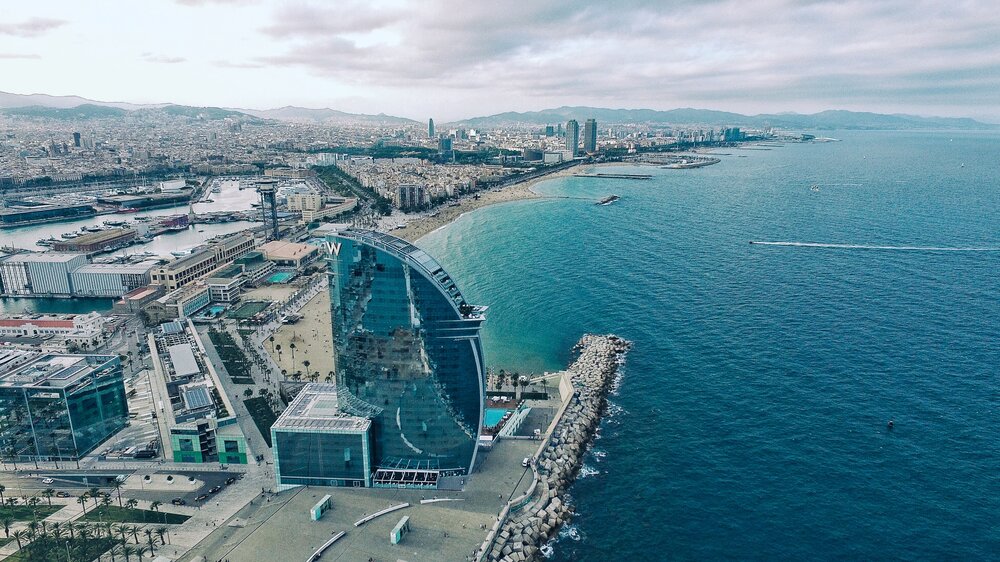
It was declared as a World Heritage Site in 1984 by UNESCO, as was restored after years of neglect and opened to the public in 1996. Since 2013, the building has been home to the Catalunya La Pedrera Foundation and also a major cultural centre that is very well known and renowned in Barcelona for the wide range of activities and the various museum spaces and rooms that are available for public use.

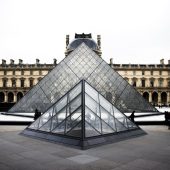
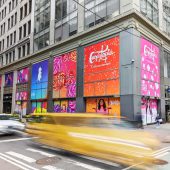
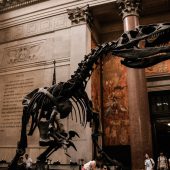






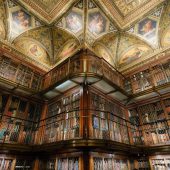
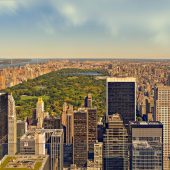
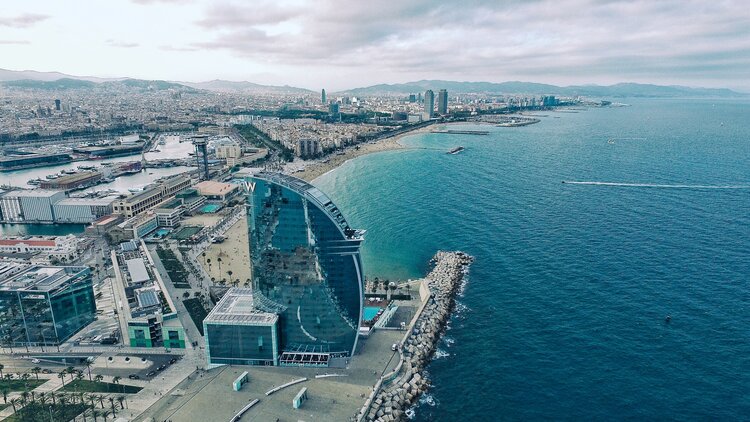
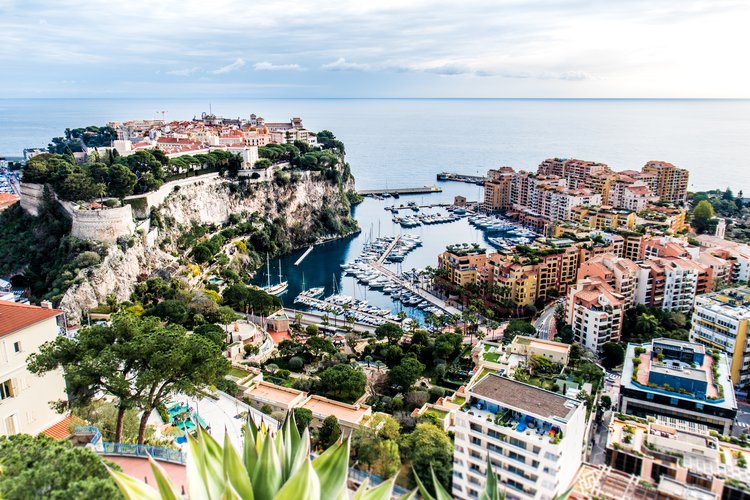


This site is protected by reCAPTCHA and the Google Privacy Policy and Terms of Service apply.